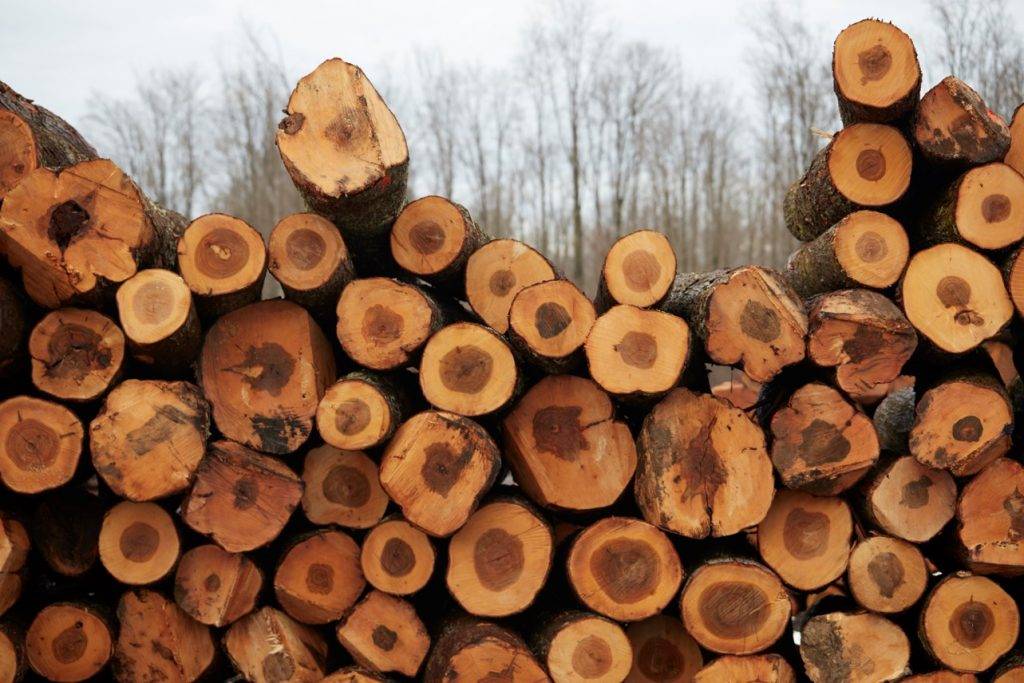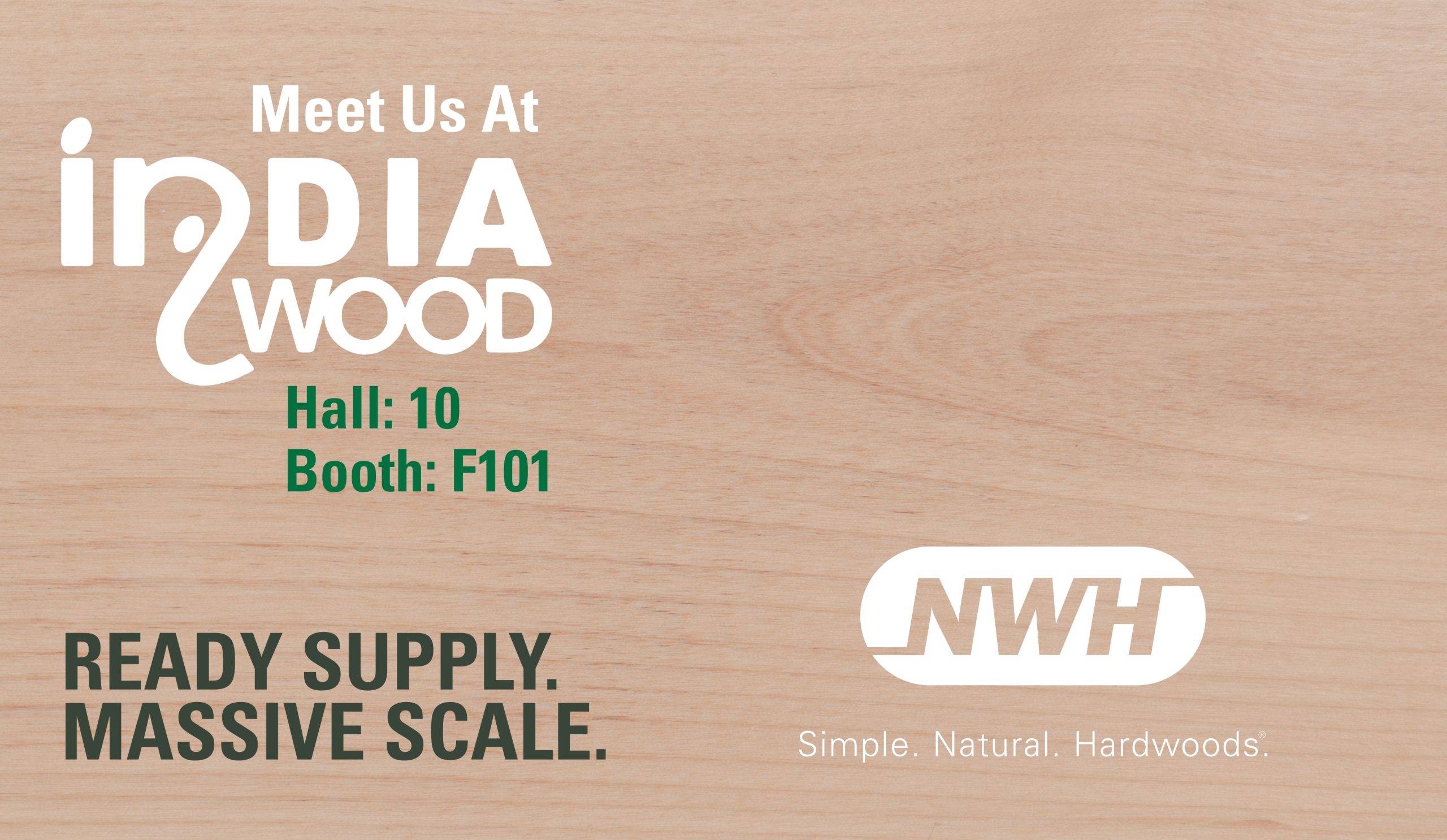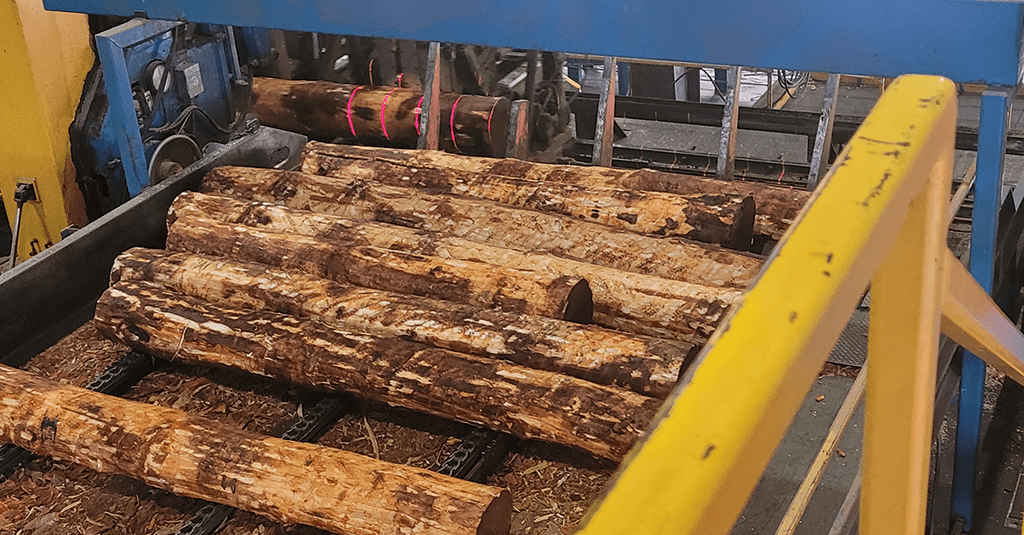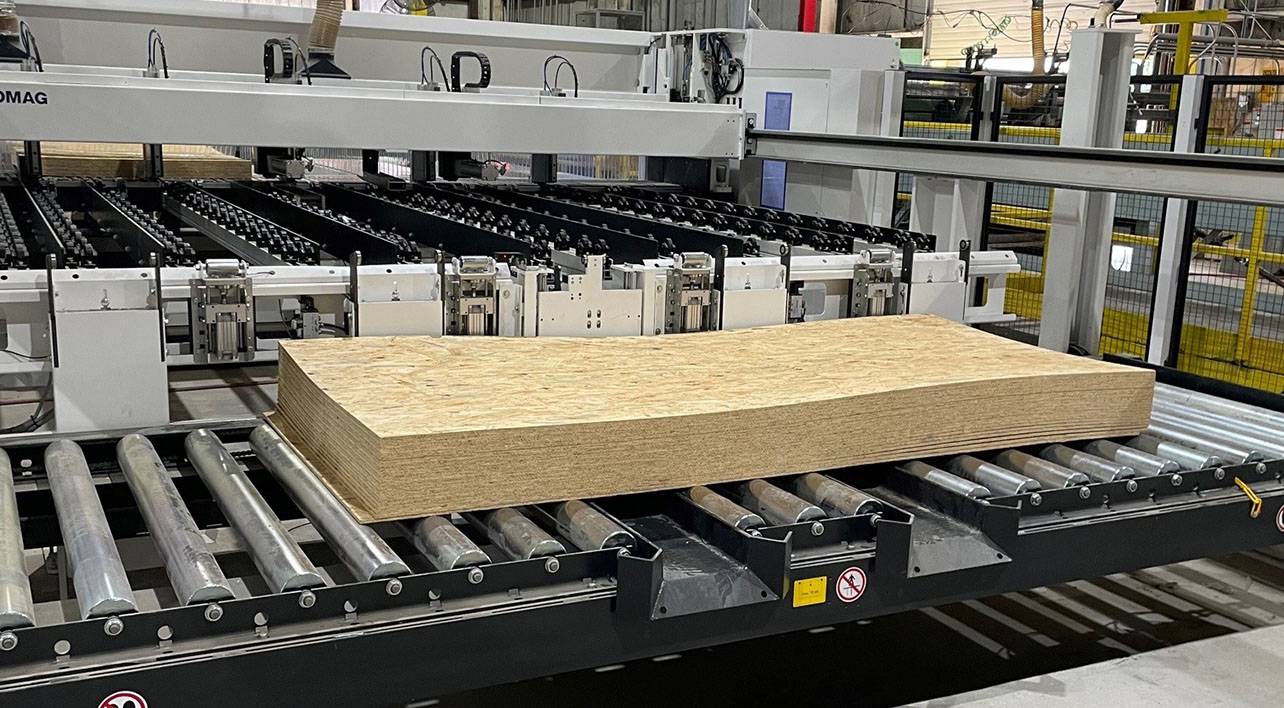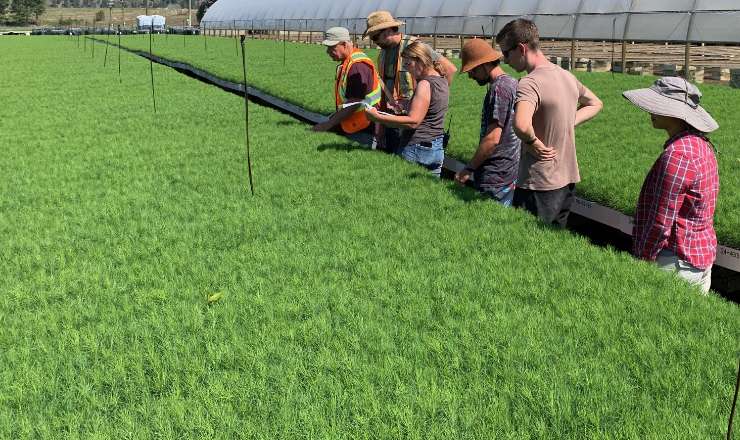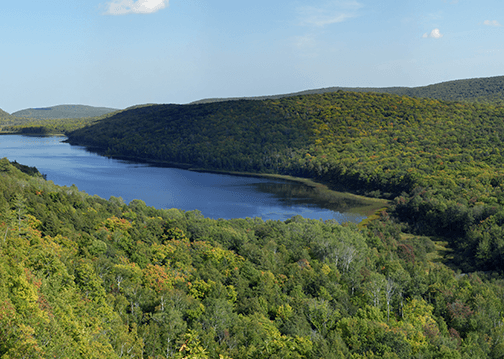Today’s practices for growing, harvesting and milling U.S. hardwoods make this building and design material an environmentally friendly, economically conscious and socially responsible choice for a range of applications, from furniture and flooring to cabinetry, millwork and more.
Below are 5 reasons to consider American hardwoods when creating beautiful wood products:
Sustainability
Thanks to sustainable forest management American hardwoods can be harvested legally and with minimal environmental impact. By applying best practices for management of forest lands and selectively harvesting larger, more mature trees rather than clear-felling an entire area, timber companies can help support the environment by promoting – and protecting – a diverse bird and wildlife population, thriving forest floor vegetation, as well as clean watersheds.
Abundance
American hardwoods are a renewable natural resource. Forests naturally regenerate via seeds that are produced by, and fall from, existing trees – meaning these lands continue to grow back. In fact, since the 1940s, more American hardwoods are grown every year than are harvested, ensuring there is an abundant and sustained supply of timber.
Efficiency
Timber is a suitable alternative to steel in a range of building and construction applications. Among the benefits of using wood are strength, durability and efficiency.
Compared to steel, hardwoods are more efficient insulators and can be safer in a fire, particularly as steel tends to bend and warp quickly when heated. Even the manufacturing process of hardwoods is more efficient as it is limited to running a saw blade and kiln for drying the lumber, thereby requiring less energy and less clean water and producing less carbon dioxide versus the manufacturing process for steel.
Finally, hardwood manufacturing results in less waste. Residuals (waste) from the milling of lumber and manufacture of American hardwood products are used for a number of things rather than going to the landfill. For example, bark and wood chips can be turned into mulch and sawdust can be used to power sawmill boilers. Sawdust and other wood by-products can also be converted into wood pellets, a renewable, carbon-neutral source of energy used for power generation, heating and more.
Carbon Neutrality
Through photosynthesis, healthy forests produce oxygen. As they grow, these trees absorb carbon dioxide and then release oxygen back into the atmosphere, while using carbon to grow roots, trunks, branches and leaves. Carbon is stored by the hardwood for its lifetime, so as trees die and decay, the carbon is released back into the atmosphere. Alternatively, turning mature trees into hardwood products like furniture, flooring, cabinets and millwork – rather than letting them decompose naturally – contributes to the overall and long-term storage and removal of carbon from the atmosphere.
Beauty
American hardwoods provide a stunning visual impact to projects and structures, particularly those that leverage the wood’s natural beauty and texture. There are several species to choose from, each one offering its own touch of style and décor. And, since hardwoods grow naturally, no two hardwoods will be the same, providing a unique look that can’t be matched by mass-produced materials.
With several species and grades available, American hardwoods can be a cost-effective, high-quality and sustainable material for a range of applications and industries, such as furniture manufacturing, interior design and construction. It’s no wonder why the export, consumption and demand for this functional and versatile material continues to grow among the global wood industry.
Share This Post!
